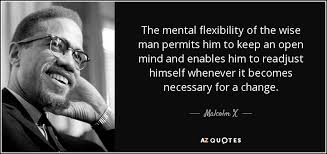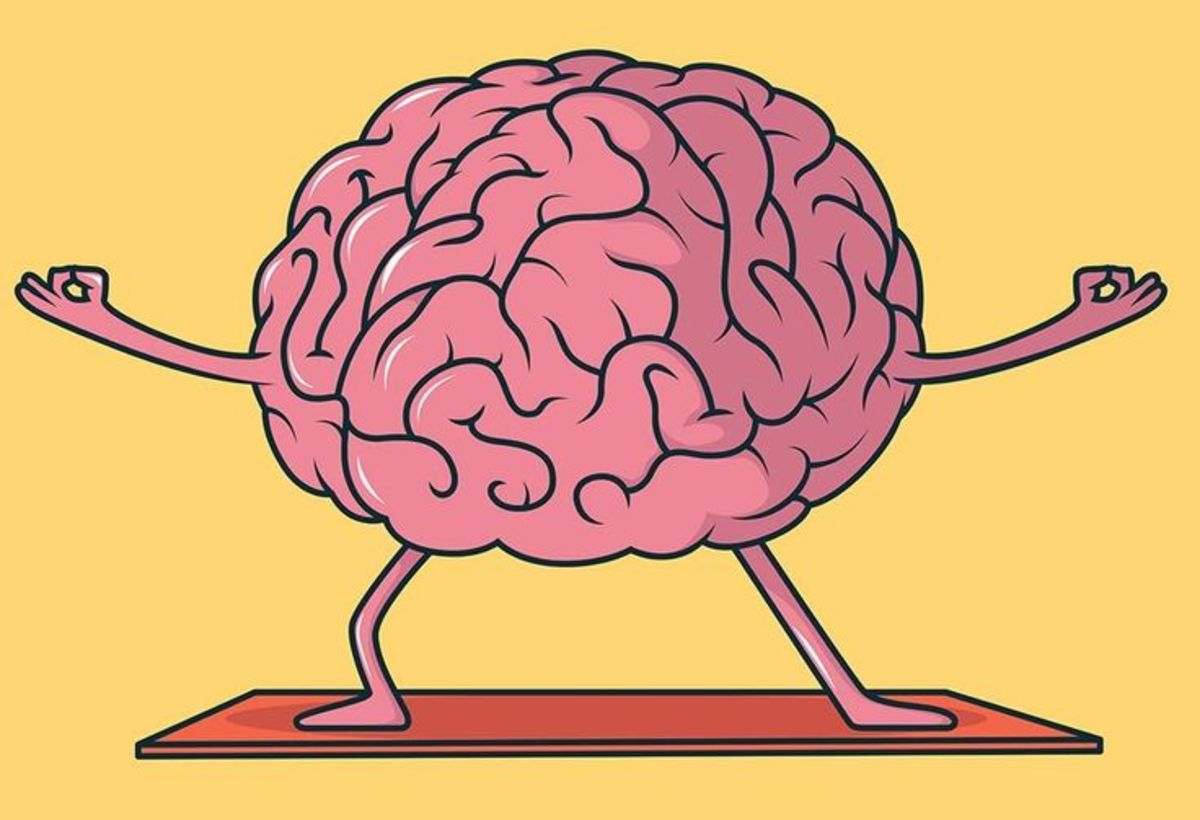Mental Flexibility: How to Increase It?

The mental flexibility, also referred to as cognitive flexibility, is the mental ability to switch between thinking about two different concepts and to think about multiple concepts at the same time. It’s a way of approaching situations that allows one to adapt a behavior so that one can achieve the best outcomes.
It is the ability to shift a course of thought or action according to the changing situation. It can involve perceptual and cognitive response that allows an individual to abandon a previous response pattern in order to generate an alternate that is better suited to the requirements of the situation at hand.
It is a component of executive function, which includes working memory, inhibitory control and mental flexibility. Mental flexibility is very much associated with a number of elements of other components, which include inhibition, planning and working memory.
By increasing mental flexibility, one becomes a better listener, a keener observer, a more skilled thinker and a more effective problem solver. It requires having the understanding and awareness of all possible options and alternatives simultaneously within any given situation.
Mental flexibility varies during the lifespan of an individual. Alterations of mental flexibility have been found in diseases (psychiatric and others) and in stressful situations.

How to increase mental flexibility? -
The following are the strategies that can increase mental flexibility –
Take better nutrition –
It had been found that people, who tend to be rigid in their thinking or behavior, may have a deficit of serotonin. It is a chemical messenger that is believed to act as a mood stabilizer. Serotonin is synthesized from tryptophan. So a natural approach to increase the serotonin levels is to eat foods that contain tryptophan. Foods items such as eggs, cheese, tofu, salmon, nuts and seeds, and pineapple are rich sources of tryptophan. So the consumption of these foods will promote flexible thinking.
Do regular exercise -
The regular exercise increases the energy levels, reduces worries, and can distract a person from the repetitive thinking patterns that get stuck in one’s head. Exercise raises significantly tryptophan availability to the brain, which is encountered during sustained exercise in younger and older men. Tryptophan is an amino acid, which is thought to have effects on mood, memory and sociability. It achieves its effects by way of serotonin, one of the key brain chemicals involved in regulating mood. Without tryptophan, serotonin can’t be produced. Because the body can't make its own tryptophan, it must be taken in as part of the diet. For this reason tryptophan is known as an "essential" amino acid.
Practice thought stopping –
It is a technique of gaining control over the repetitive thoughts when they occur. In this technique, when the obsessive or racing thoughts begin, the individual says, clearly and distinctly, "Stop!" Then the individual negates the bad thought in a positive way and replaces "I cannot..." or "I will not..." with "I can..." or "I will... He or she says the peaceful thought out loud or in the mind repeatedly until the bad thought disappears. One completes these steps every time one notices the recurring thought.
Other coping skills include: deep muscle relaxation training, breath control, role-playing and positive thinking.
Seek new experiences –
New experiences have been shown to trigger the release of dopamine, which not only increases motivation but also enhances memory and learning.
This might mean travelling to another country. It could also take the form of activities like learning a new language or musical instrument, taking a dance class or even exploring a part of town one is not familiar with. Such novel activities can go a long way towards helping one develops mental flexibility.
Practice thinking divergently –
Divergent thinking is more than thinking outside the box; it’s thinking without the box and imposing structure later. The goal of divergent thinking is to generate many different ideas about a topic in a short period of time. It involves breaking a topic down into its various component parts in order to gain insight about the various aspects of the topic.
Research has shown that students who are exposed to divergent thinking methods early in their education become more creative, both immediately and later on in life.
Meet new people –
Meeting people from different cultures and walks of life, whose perspectives and viewpoints are different from our own, will help us become less rigid in our way of thinking. This will also help us think that there is more than one “right” way of looking at things. It has been found that people, who are exposed to situations that challenge their ideas about what’s right and wrong, tend to have greater mental flexibility.
Change the habits –
Shaking up everyday routine helps develop mental flexibility. For example, one can take a different route to work, swap desks with someone else, and even change one’s working environment. Even the smallest changes can help build and strengthen new pathways in the brain.
Practice mindfulness meditation –
Regular practice of meditation increases the ability of the brain to switch between tasks. Meditation and mindfulness help the brain to get rid of distracting thoughts and make space for creativity and new thinking.
The last word –
Mental flexibility allows us to come up with ways to tackle problems. Being able to see things in different ways helps us develop different strategies. It is a skill we use throughout everyday life. It plays an important role in both learning and daily life. We have different levels of this essential skill which we can develop and improve upon. It is would be more beneficial if the skill is developed from a younger age when it is easier to learn. Developing a good skill of mental flexibility will make us succeed in many domains of our life.
Reference -
- Exercise increases tryptophan availability to the brain in older men age 57-70 years. Melancon MO1, Lorrain D, Dionne IJ. Research Centre on Aging, University Institute of Geriatrics of Sherbrooke, Sherbrooke, Quebec, Canada.








